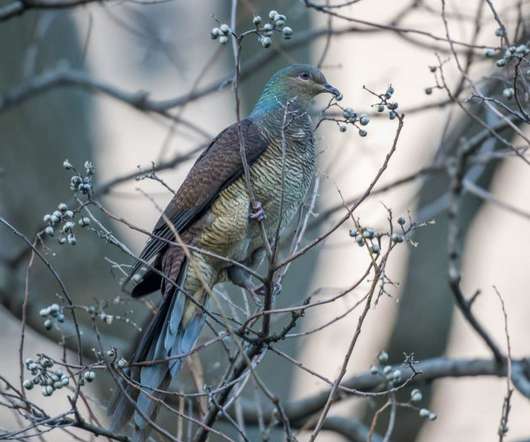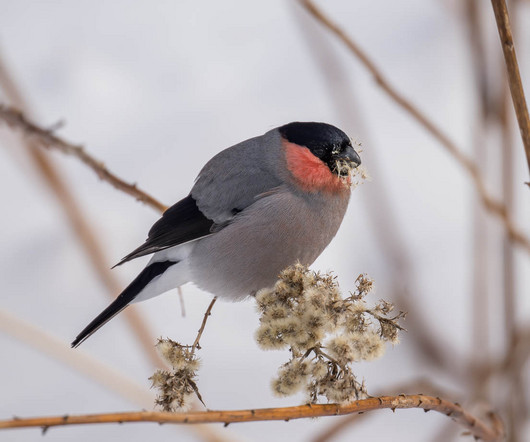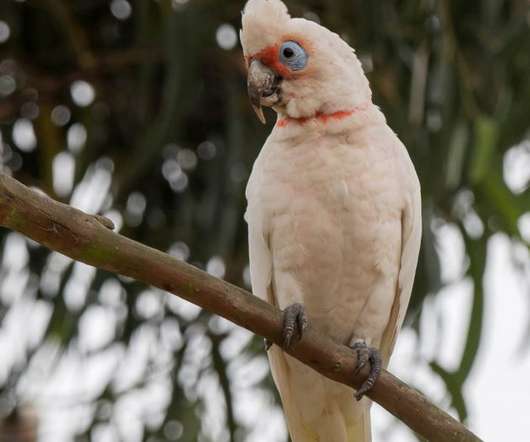The Parable of the Goat Mites
10,000 Birds
MARCH 8, 2013
And so, these goats ate the flora of the island: unique species of Indian paintbrush and woodland star, bushmallow and wirelettuce and morning glory. No wait, they were, but they had experienced so much genetic drift and selective pressure that they now constituted a unique breed in their own right.


















Let's personalize your content